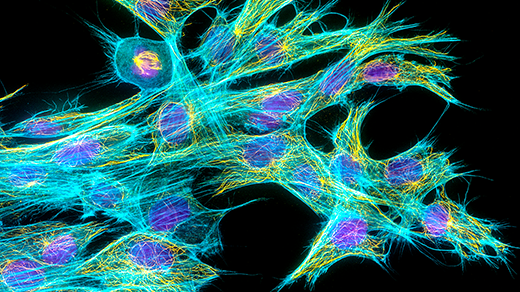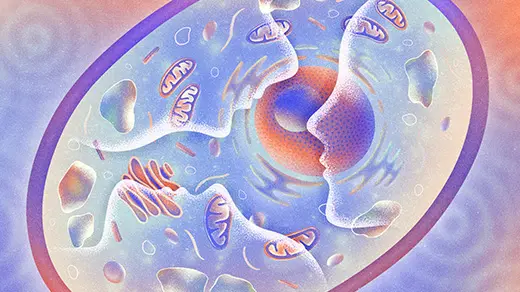What's up in
Biology
Latest Articles
The Ends of the Earth
Building an accurate model of Earth’s climate requires a lot of data. Photography reveals the extreme efforts scientists have undertaken to measure gases, glaciers, clouds and more.
A Biography of Earth Across the Age of Animals
New reconstructions of 540 million years of climate history show the planet tumbling between icehouse and hothouse states, revealing how rare and vulnerable our temperate moment is.
The Microbial Masters of Earth’s Climate
A collection of short dispatches from the field of climate microbiology conveys the contributions that single-celled life forms make to our climate system, and how we can work with them to address climate change.
How Humanity Amplified Life’s Quest for Energy
A planetary perspective on the relationship between life and energy, and the emergence of a life form whose influence extends across the entire biosphere — presenting us with an awesome opportunity.
Tiny Tubes Reveal Clues to the Evolution of Complex Life
Scientists have identified tubulin structures in primitive Asgard archea that may have been the precursor of our own cellular skeletons.
The Sudden Surges That Forge Evolutionary Trees
An updated evolutionary model shows that living systems evolve in a split-and-hit-the-gas dynamic, where new lineages appear in sudden bursts rather than during a long marathon of gradual changes.
The Pursuit of Life Where It Seems Unimaginable
A decade ago, Karen Lloyd discovered single-celled microbes living beneath the seafloor. Now she studies how they can survive in Earth’s crust, possibly for hundreds or thousands of years, and push life’s limits of time and energy.
What Does It Mean To Be Thirsty?
The effects of insufficient water are felt by every cell in the body, but it’s the brain that manifests our experience of thirst.
What Can a Cell Remember?
A small but enthusiastic group of neuroscientists is exhuming overlooked experiments and performing new ones to explore whether cells record past experiences — fundamentally challenging what memory is.








